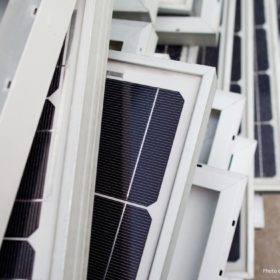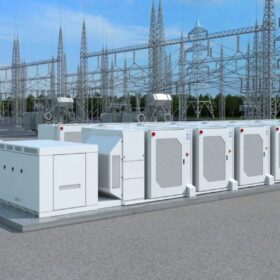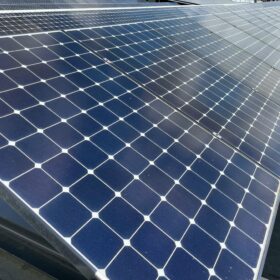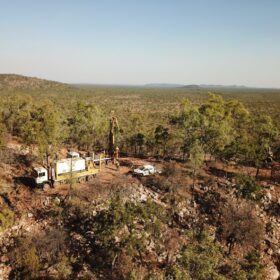Critical mineral report highlights Australia’s solar panel recycling potential
A new report published by the CSIRO says Australia’s research into solar recycling is second in the world, outside China, but suggests the establishment of mid-stream activities such as the production of metallurgical silicon and polysilicon have big potential.
Winter weather highlights bigger role for batteries in Australia
Australia’s energy market operator says that batteries are increasingly supporting demand peaks in the National Electricity Market (NEM). Average generation during these periods has more than doubled since the same time last year.
Australian electricity market operator expects 86 GW of rooftop PV by 2050
An industry data exchange co-design is putting consumer energy resources at the beating heart of Australia’s energy marketplace, prompted by a 2050 projection of 86 GW of rootfop solar and 27 GW of flexible demand in the National Electricity Market (NEM).
Yield modeling platform for large-scale solar
Australian software developer PV Lighthouse has secured almost AUD 1.97 million ($1.32 million) to drive development of its SunSolve Yield advanced simulation engine, which is designed to improve yield forecasting for utility-scale solar projects.
Australian polysilicon project shifts focus to silica feedstock
Quinbrook Infrastructure Partners’ plan to build a “state-of-the-art” polysilicon manufacturing plant in Australia has taken a step forward, with Australian Silica Quartz starting a drilling program at a planned mine site that could provide feedstock for the proposed facility.
V2G tech can provide outage support, claim Australian researchers
Researchers at the Australian National University (ANU), Canberra, have shown that their response to a February 2024 grid emergency provides evidence that electric vehicles (EVs) equipped with vehicle-to-grid (V2G) systems could strengthen the grid during blackouts, marking a global first for such research.
Horizon Power unveils solar hydrogen microgrid in Western Australia
Horizon Power has developed a solar hydrogen microgrid in Western Australia, including a custom control program for autonomous management of its subsystems in Denham, according to a new report produced in cooperation with the state government
Australian researchers eye redesigned panel as part of recycling plans
Researchers at the University of New South Wales (UNSW) plan to develop a redesigned PV module for easier recycling, with AUD 5 million ($3.4 million) in federal government funding to help transform Australia’s solar panel recycling industry.
Smart window company sees buildings as renewable energy hubs
ClearVue Technologies, an Australian smart-window tech manufacturer, has secured a repeat order from the United States.
Using digital twin, roll-to-roll platform to design high-performance organic PV devices
An international team of researchers have demonstrated how to speed up the research and development of scalable, high-performing organic solar cells by using an automated, high-throughput platform. It relies on digital twin technology and roll-to-roll (R2R) printing in a closed-loop system.










